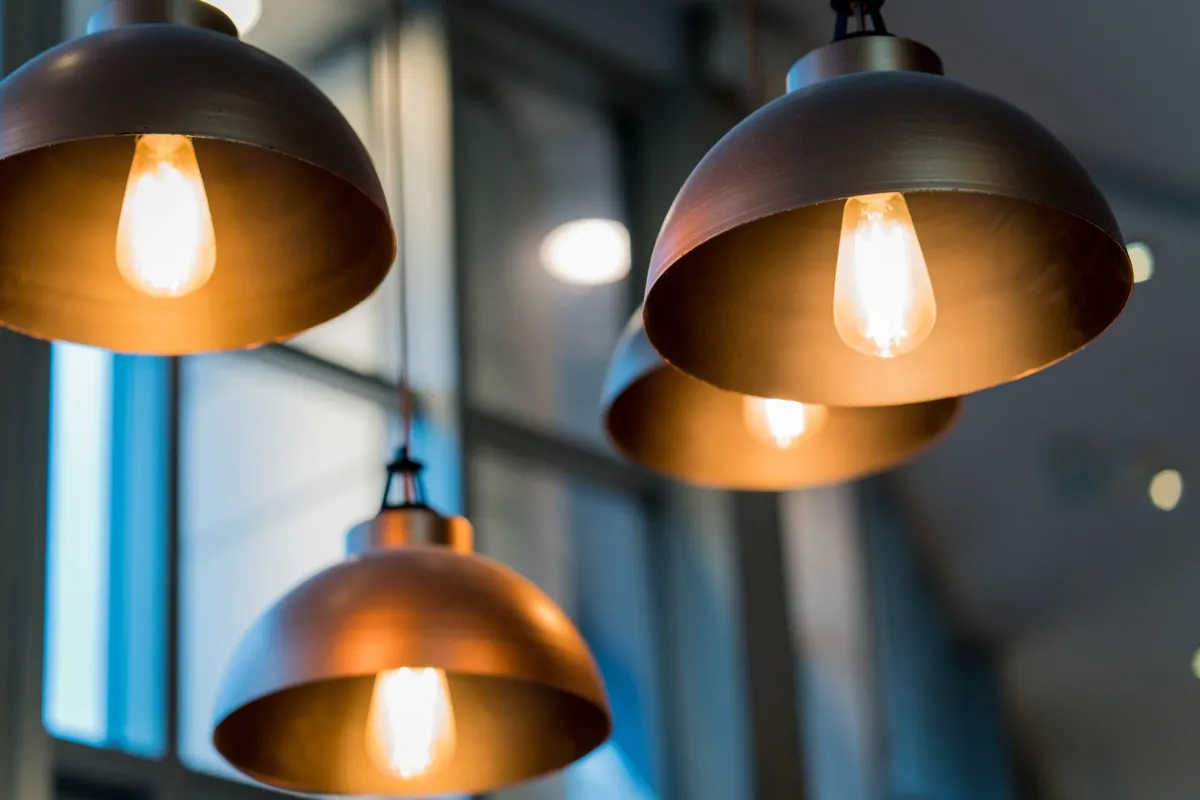Whether you are upgrading your home’s lighting one room at a time or tackling a larger project, lighting design is essential to your satisfaction with the final look. Redesigning your interior lighting can be an overwhelming prospect as the number of design concepts and lighting products seems endless. It is helpful to understand some basic lighting concepts as you plan your interior lighting design. The following are three considerations to ensure you implement an impressive lighting design for your home.
Layering Interior Lighting
Layering interior lighting is one of the most effective ways to create the look and feel you desire in your home. Layering creates stunningly lit spaces, but it also provides prominence to the areas of your room you wish to highlight. Layering uses multiple lighting sources to create various light layers within your interior space rather than using a single light source. Layering your lighting can be accomplished in numerous ways by using different colors and gradients in your room. Mixing the various lighting fixtures is also an example of interior lighting layering.
Pro Tip: Mix downward lights to emphasize a particular feature and upward lights to illuminate the entire space.
Highlighting Architectural Features
Interior lighting can be used to define or highlight architectural features, accentuating your space’s existing design. Stairways, fireplaces, art, and unique design elements in your home can all be highlighted to focus attention on that feature. You can also use lighting to enhance your home’s textures, shapes, and patterns, adding interesting focal points and even using bold lighting colors for maximum effect.
Pro Tip: Choosing only a few stand-out features of your interior space to highlight with lighting will have a more significant impact.
Include Concealed Lighting In Your Rooms
Upgrading your home’s interior lighting with concealed lighting features produces a modern and minimalist style that instantly upgrades your home’s feel. Hiding a light source from view focuses on what is illuminated rather than the light fixture itself. An excellent example of concealed lighting is recessed lights in kitchens which are often built into the ceiling. However, wall lights and up-lights can also be easily hidden within walls and floors and behind objects and furniture.
Pro Tip: Plan your use of concealed lighting in your interior lighting design plan, so you will know what is required to complete your overall concept.
Consult With Your Electrician
Always consult with your electrician and interior lighting specialist during your design planning to ensure your vision can be accomplished safely and effectively.

